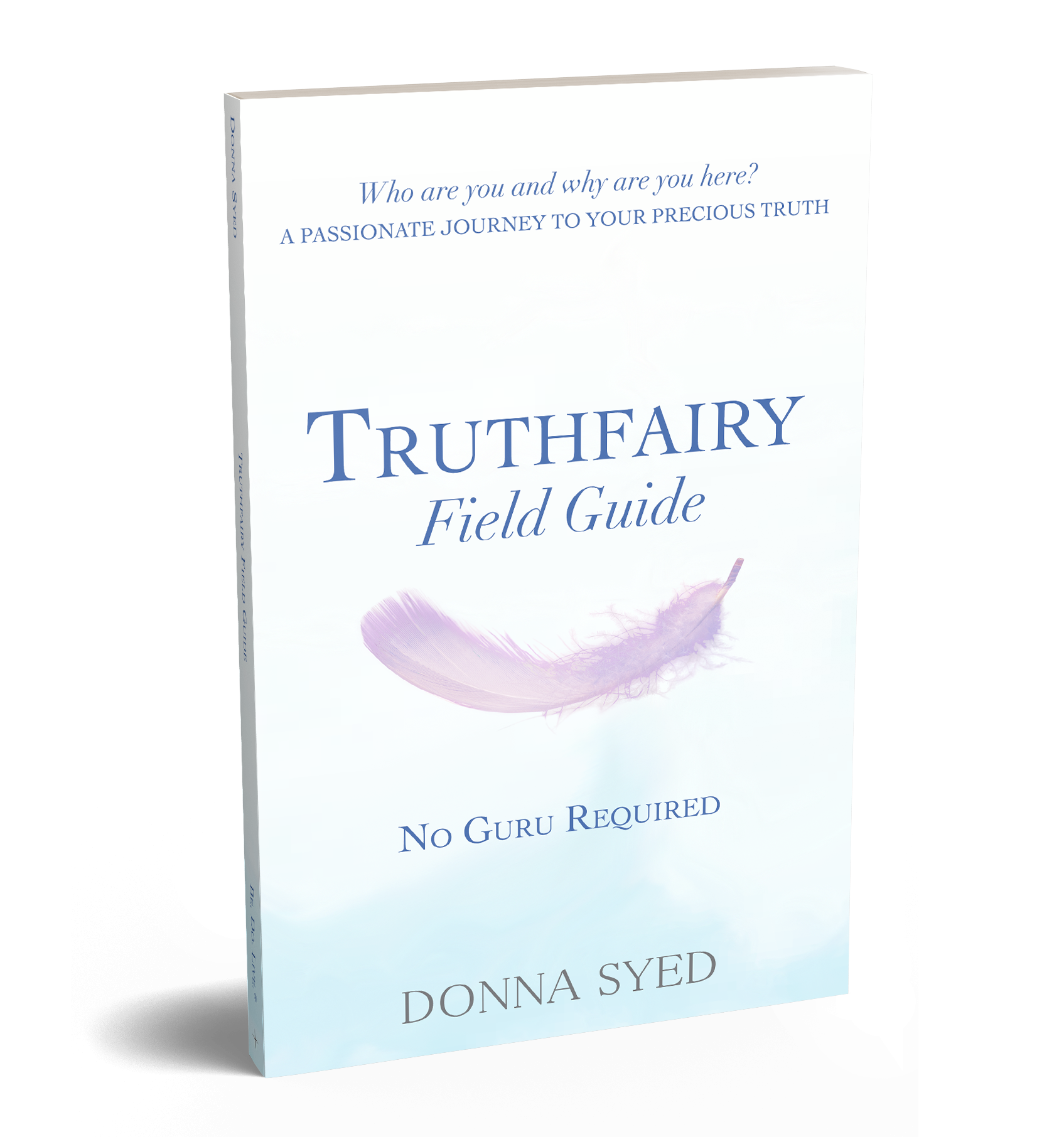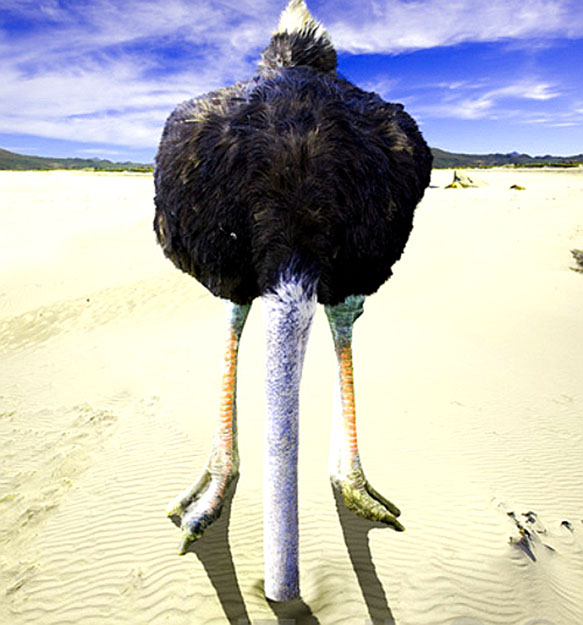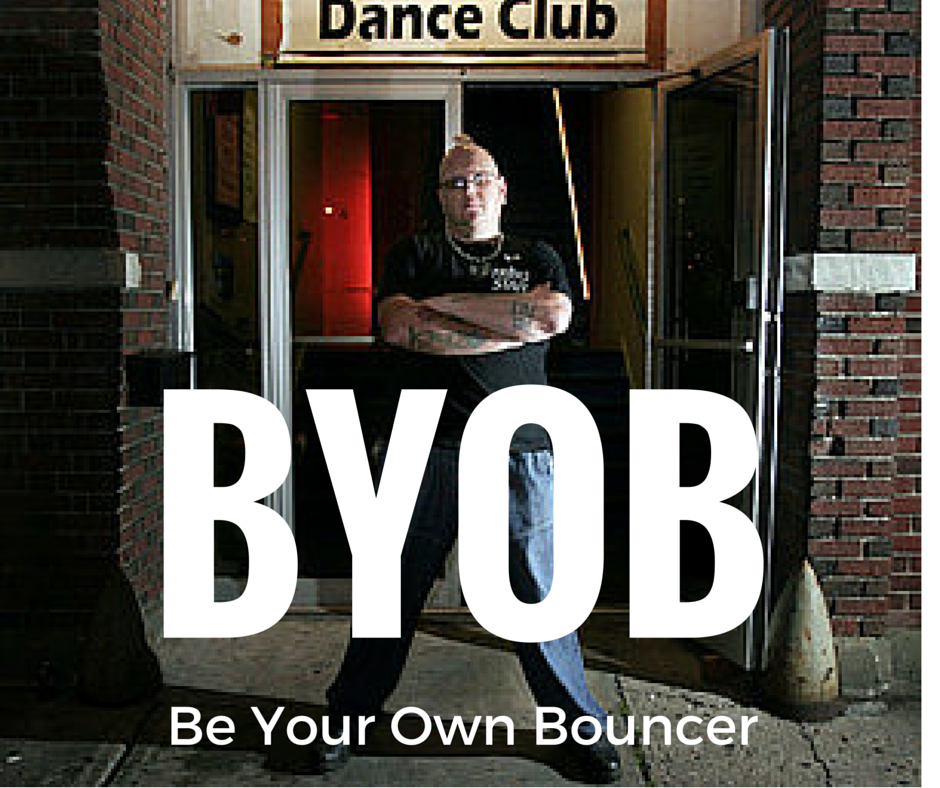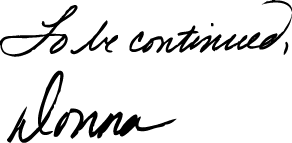You know what’s hard? Realizing someone you trusted has shown themselves to be untrustworthy. You know what I mean. It’s happened to every single one of us at one point or another–when you thought you knew someone, when you really trusted them and as it turns out, it seems you didn’t and you shouldn’t have. And, as usual, by the time you wake up and realize you shouldn’t have trusted them, it’s created tangles in your life, and you’re left regretting having let that person in.
The tangle is real, but it’s not what you think it is.
Layer One: It Hurts
When you realize you’ve made yourself vulnerable to other people who turn out to be untrustworthy, it hurts. It hurts because human beings were designed to connect with one another. Call them crazy but human beings are born hardwired with the desire to create trusting and intimate relationships with one another–to be seen, known, and heard by other human beings in a way that is safe, supportive, and well, worthwhile. Healthy relationships are part of any fulfilling life, and when you’ve been betrayed by a person that you (once-upon-a-time) decided to trust, it has the potential to knock down the most important power block you need: Self-Trust.
Layer Two: It’s Shocking
Too many times, when you discover someone has violated your trust, it can feel like a freezing bucket of water waking you from a warm and cozy sleep.
The (perhaps) Uncomfortable (but helpful) Truth is:
It’s more likely that same bucket of ice water was simply dumped in the hole you’ve been hiding your head in–and when you’re dealing with a Trust Swindler, that sand hole is often very intentionally prepared for you. At least for a while (often with the help of the same Trust Swindler), you may have pretended not to notice what was happening to your nether parts that were left hanging out in the wind for anyone to take a shot at.
Guess how I know?
Yes, yes. It’s happened to me, too–and it continues to happen to me (with less severity, thank God) and it’s happened to everyone else I know, but the answer isn’t to go all Queen of Hearts on every person in your life and hold court with a guillotine as the bailiff.
The answer is to up your awareness and do better for yourself.
Layer Three: The Big Reveal
The Big Reveal is really just a pivot point in your process that usually goes this way:
{BUCKET OF ICE}
Inner (and eventually, outer) Dialogue #1:
How could I have NOT seen this coming!? I trusted ______! I cannot believe he/she DID that to me!
Right away, you’ll have a decision to make:
A) Poke your head back in the sand.
B) Stay awake and look around.
If you choose A, and you can, we all know how that turns out and you won’t even make it to the freedom of Layer Four. In fact, you might as well touch up the painted target on your ass before you go back under the sand.
If you choose Path B, decisions have to be made and those decisions can be hard ones because Path B is usually followed by the revelation of even more supporting evidence rising to the surface when you take the time to do what should come next:
- Look for and review the red flags you missed that led up to the “Bucket of Ice” moment
- Inevitably, you’ll end up comparing notes with other people who seem to have fallen away from the person who betrayed you
- You’ll see that the “old country boy” who said it best, probably had it right when he said (for the 5,000th time):
“If they’ll do it with you, they’ll do it to you.”
Which really is to say, if you can look back on this person’s behavior and see that they have a trail of abusing confidences in their past relationships, taking advantage of people, a history or habit of blaming others for their missteps or misgivings (the list is exhaustive and I’ll let you fill in the rest), then you can expect them to continue the pattern with you (and with others, get your popcorn) until they’ve painted themselves into an inescapable corner where their patterns of untrustworthiness are fully exposed. The good news is, they’ll do this all on their own, you don’t even need to help them along. The only thing you need to do is take care of you. Just because you didn’t see the red and yellow flags for what they really were at the time doesn’t make you a fool, it’s just evidence that you trusted someone who wasn’t trustworthy. It happens to the very best of us, but before you move on to Layer Four, please hear this:
It will do you no good to continue kicking your own ass into eternity and disqualifying your Factory-Installed Inner Voice (also known as, your own good judgment) because, for Layer Four, you’re going to need it.
Layer Four: Trust Yourself Even More
Does that sound counter-intuitive? If it does, it’s because when we wake up to things like this, most of us usually start with a good, stern finger-wagging at OURSELVES. We indict ourselves for being so trusting of someone who showed us, long before the Bucket of Ice was dumped, that they could not (or should not) be trusted; and yet, we continued to trust them as if we didn’t see/hear/know what we saw, heard, and eventually came to recognize–and THEREFORE, we sometimes decide that it is
YES. YOU. CAN.
If you feel you don’t agree, I hate that for you. I really do. I mean, if you’re really not trustworthy, that’s good information for yourself and you have a duty to let other people know that you don’t trust yourself so that they can engage you accordingly–BUT, if it’s simply a matter of not knowing how to trust yourself, that’s a different matter altogether and I can help you with that.
So here it is, the formula for learning to trust yourself . . .
- Decide that you will become your own Trusted Guardian (and hold yourself to the same standard you would for your best friend–or even your own child)
- Trust that you will be willing to SEE what you need to see when you see it
- Trust that you will KNOW what to do when you see/know it (if not immediately, trust that you WILL know)
- Trust that you will DO what you know you need to do, in your own self-caring best-interest, when you DO know what to do
And, being your own, Trusted Guardian means becoming your own Truthfairy . . . and sometimes that means you gotta “BYOB”
Have a quandary/question or just want more of these kinds of Truthfairy Tales? Tell me in the comments below. If you’re just getting started, get the Truthfairy Field Guide for even more (and join our club, too) because the Truth is, you’re not alone.







